detail profile robert edeson
Peran Yang Di Mainkan Robert Edeson
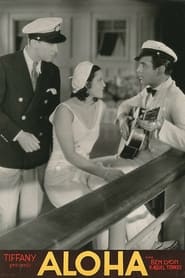 In the South Seas a halfcaste...
In the South Seas a halfcaste...Aloha 1931
In the South Seas, a half-caste island girl refuses to follow tradition and marry a fellow islander, instead falling in love with a white man and heir to an American fortune.
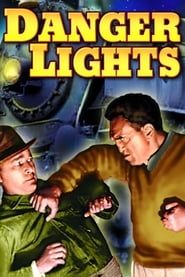 Head railroad man Dan is as...
Head railroad man Dan is as...Danger Lights 1931
Head railroad man Dan is as ugly as he is honorable. When he spots a drifter who'd hopped a freight held up by a landslide, Dan offers the man a job; then he finds the man was a railroader, too, and takes him under his wing. Engaged to Mary, Dan doesn't notice the growing attraction between his protégé and his intended but focuses instead on running the railroad.
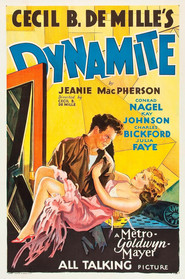 Wealthy Cynthia is in love with...
Wealthy Cynthia is in love with...Dynamite 1929
Wealthy Cynthia is in love with not-so-wealthy Roger, who is married to Marcia. The threesome is terribly modern about the situation, and Marcia will gladly divorce Roger if Cynthia agrees to a financial settlement. But Cynthia's wealth is in jeopardy because her trust fund will expire if she is not married by a certain date. To satisfy that condition, Cynthia arranges to marry Hagon Derk, who is condemned to die for a crime he didn't commit. She pays him so he can provide for his little sister. But at the last minute, Derk is freed when the true criminal is discovered. Expecting to be a rich widow, Cynthia finds herself married to a man she doesn't know and doesn't want to.
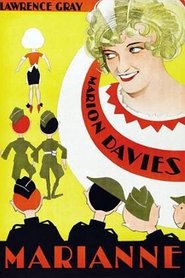 At the conclusion of World War...
At the conclusion of World War...Marianne 1929
At the conclusion of World War I, a French girl is romanced by an American doughboy even though she is promised to a French soldier who was sent to the front.
 Jazz age youngster Smoke Thatcher borrows...
Jazz age youngster Smoke Thatcher borrows...Walking Back 1928
Jazz age youngster Smoke Thatcher "borrows" a neighbor's car to take Patsy, his sweetheart, to a dance after his father refuses to lend him his car. A car-fight with a rival results in the borrowed automobile's being so wrecked that Smoke cannot return it. The garage to which he and Patsy take the car for repair turns out to be actually a gang's hideaway and a place where stolen cars are brought and later fenced.
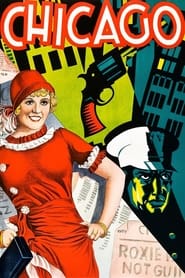 Based on a true story twotiming...
Based on a true story twotiming...Chicago 1927
Based on a true story, two-timing boozing wife Roxie Hart kills her lover in cold blood after he leaves her, and finagles her way out being indicted. The basis for Kander/Ebb's 1975 Broadway musical of the same name and its Oscar-winning 2002 film adaptation.
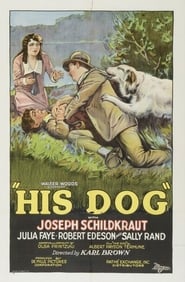 Peter Olsen a young social outcast...
Peter Olsen a young social outcast...His Dog 1927
Peter Olsen, a young social outcast who lives alone on a rundown farm and raises vegetables for a living, finds his only consolation in liquor, though Dorcas Chatham, daughter of the general store owner, begs him to forego this indulgence. Returning from town, he finds a dog by the roadside, apparently injured by a car, and takes it home. Later, on a drunken spree, Peter is attacked by robbers, but the dog comes to his rescue and frightens the assailants away. Stirred by the unselfish devotion of his dog, Peter gradually regains his self-respect, and Dorcas falls in love with him and accepts his proposal, though she fears the dog. When Peter enters the dog in a show, another exhibitor proves to be its owner, and Peter is first parted from, then reunited with, "his" dog. Dorcas overcomes her fear and is united with Peter.
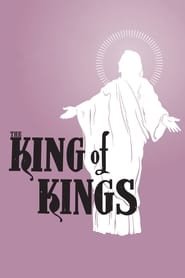 The King of Kings is the...
The King of Kings is the...The King of Kings 1927
The King of Kings is the Greatest Story Ever Told as only Cecil B. DeMille could tell it. In 1927, working with one of the biggest budgets in Hollywood history, DeMille spun the life and Passion of Christ into a silent-era blockbuster. Featuring text drawn directly from the Bible, a cast of thousands, and the great showman’s singular cinematic bag of tricks, The King of Kings is at once spectacular and deeply reverent—part Gospel, part Technicolor epic.
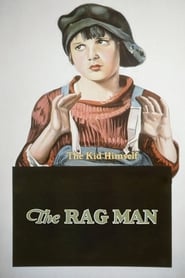 Tim Kelly is an orphan who...
Tim Kelly is an orphan who...The Rag Man 1925
Tim Kelly is an orphan who runs away after his orphanage burns down. Presumed to be killed in the fire, he is able to roam the streets of New York freely. He meets Max Ginsberg, an old Jewish junk dealer with rheumatism, and the two strike a partnership and a close friendship.
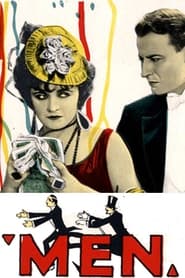 Cleo lives in Marseilles and works...
Cleo lives in Marseilles and works...Men 1924
Cleo lives in Marseilles and works as a waitress in a waterfront dive. A stranger entices her into coming to Paris to take dancing lessons, but instead she is taken to a baron, who betrays her. In spite of this inauspicious start, Cleo becomes a successful and renowned actress, but her feelings about men have never recovered. She loathes them and uses them only for the money they offer her, which she then hands over to a penniless girl.
 Rene Mae Murray is the heiress...
Rene Mae Murray is the heiress...Mademoiselle Midnight 1924
Renée (Mae Murray) is the heiress of a Mexican ranch, granddaughter of a woman known for her recklessness and frivolity at night. This first "Mademoiselle Midnight" is banished in the opening scene by Napoleon III at Empress Eugenie's insistence to Mexico. Renee is kept locked at the hacienda at night by her father to prevent her following in her grandmother's wayward footsteps. She falls in love with a visiting American (Monte Blue) but is also pursued by the craven outlaw Manuel Corrales. Miss Murray gets to do some of her trademark dancing, but this one isn't a comedy, despite comic relief provided by Johnny Arthur.
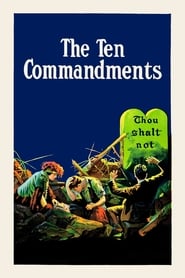 The first part tells the story...
The first part tells the story...The Ten Commandments 1923
The first part tells the story of Moses leading the Jews from Egypt to the Promised Land, his receipt of the tablets and the worship of the golden calf. The second part shows the efficacy of the commandments in modern life through a story set in San Francisco. Two brothers, rivals for the love of Mary, also come into conflict when John discovers Dan used shoddy materials to construct a cathedral.
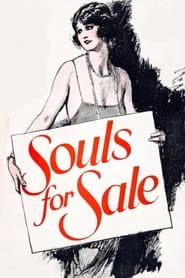 A young woman hits Hollywood determined...
A young woman hits Hollywood determined...Souls for Sale 1923
A young woman hits Hollywood, determined to become a star.
 A kingdoms ascending heir marked for...
A kingdoms ascending heir marked for...The Prisoner of Zenda 1922
A kingdom's ascending heir, marked for assassination, switches identities with a lookalike, who takes his place at the coronation. When the real king is kidnapped, his followers try to find him, while the stand-in falls in love with the king's intended bride, the beautiful Princess Flavia.
 A con artist masquerades as Russian...
A con artist masquerades as Russian...Foolish Wives 1922
A con artist masquerades as Russian nobility and attempts to seduce the wife of an American diplomat.
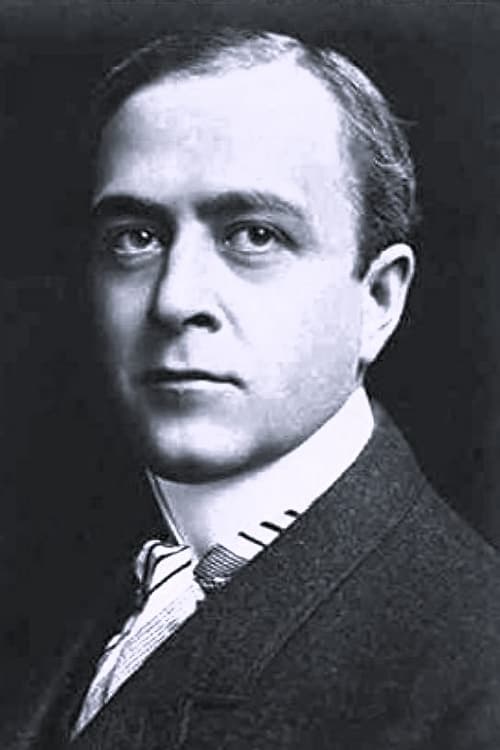
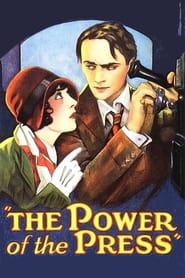 The naive newspaper cub Clem lands...
The naive newspaper cub Clem lands...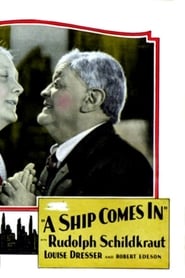 Film which tells the story of...
Film which tells the story of...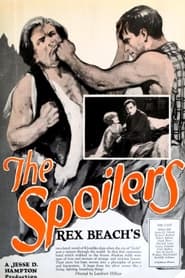 Based on the novel The Spoilers...
Based on the novel The Spoilers...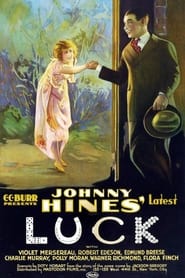 A young man is bet 100000 that...
A young man is bet 100000 that...